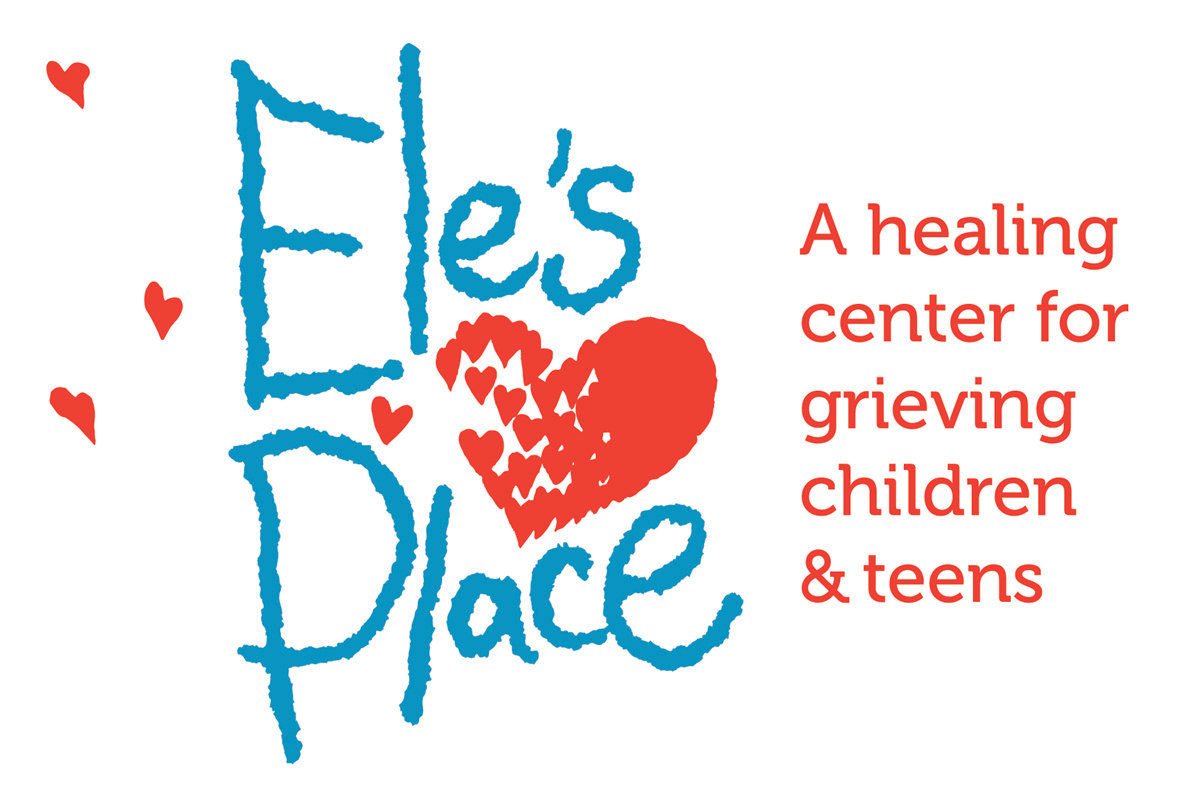Publicized disasters
Guidelines for Helping Children Cope With Publicized Disasters
Ease of access to global news via various media means that almost all children will be exposed to negative world events. Depending on age and maturity, children may process awareness of these events in many ways. Caregivers and educators can help by ensuring their children understand what is happening in their world at an age-appropriate level and discussing any concerns they have. The American Academy of Pediatrics (AAP) encourages parents, teachers, child care providers, and others who work closely with children to filter information about the crisis and present it in a way that their child can accommodate, adjust to, and cope with.
Adults need to be aware that children will need information from their parents about highly publicized disasters and tragedies, even when the occurrence is far away and doesn’t directly affect the child and his or her family. Recognize that children will react differently, ranging from being unaffected by the event to having significant reactions including fears about their own safety.
When you talk with your child, ask them what they know about the incident and then if they have any questions. Make sure to adjust the information you share to an age-appropriate level for your child. It’s important to talk with your child, but also listen to your child to find out what he or she understands and feels about the incident. You can share your own feelings and reactions in a reasonable, rational manner. It is healthy to model normal feelings of grief and shock, but children also need to feel that adults are in control.
Depending on the child’s age, parents should limit the child’s exposure to media coverage of the event. Graphic images can be very disturbing to children, and very young children don’t understand that the event is not still happening.
Children who have had significant losses may have stronger reactions, particularly if their losses involved violence or trauma. Offer reassurance about children’s safety, emphasizing that these incidents are rare. Talk about safety measures and community helpers. It helps if you can reference specific things your child may already experience, such as a fire drill being important for knowing what to do in case of a fire. Older children and teenagers may want more information about these events, but younger children are more likely to need simple reassurance. Answer questions honestly, but don't answer questions they don't ask. Be aware that reactions may surface over time; a child who seemed unaffected may need more information and reassurance later.
Be open to temporary changes that may help the child regain their sense of safety. For example, children may need extra reassurance at bedtime. If the event involves violence, talk with your child about how problems can be resolved in non-violent ways. Help your child to take action with you in constructive ways to offer comfort to those in need.
